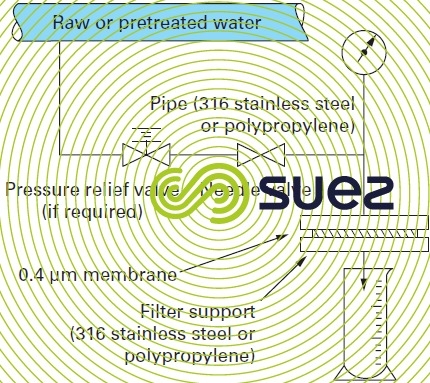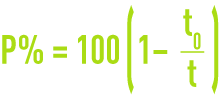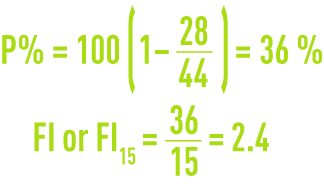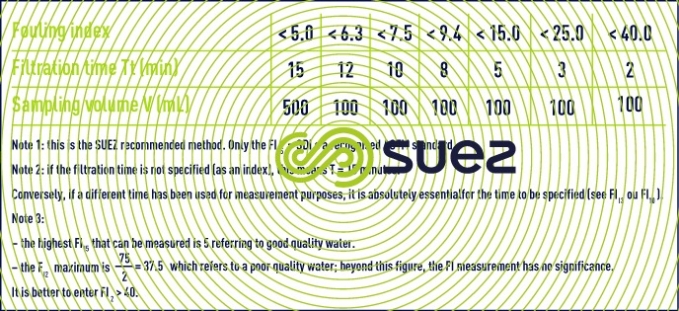measuring global parameters
Reading time:Global parameters exist in the water treatment industry to characterise a water and help selecting the proper processes to treat it. Three of those global parameters are described below.
fouling index FI
When the turbidity criterion is no longer appropriate the presence of particles in a water can be assessed based on of filter fouling (figure 12). This measurement is particularly useful for membrane filtration processes.



principle
The test consists in determining the fouling rate of a cellulose acetate membrane filter having 0.45 µm diameter pores, following a 15-minute filtration step.
equipment
- support for a 47 mm diameter filter;
- cellulose acetate, 47 mm diameter, 0.45 μm filter;
- 0.5 bar pressure gauge;
- needle valve for pressure regulation.
operating method
Position the filter on its support, dampen it and adjust the ‘O’ ring.
Bleed the air out of the circuit and attach the support so that the membrane is positioned vertically. Adjust the pressure to 2.1 bar (30 psi) and use a stopwatch to measure the time t0 required to filter 500 mL of water (this time must be greater than 10 seconds). Repeat these steps if the pressure fluctuates by ± 5 % during the measurement procedure. Leave the filter in place and operating, regularly re-adjusting the pressure as required.
After 15 minutes, use a stopwatch to measure the time t required to filter 500 mL, maintaining the pressure at 2.1 bar.
Isolate the filter and remove the membrane, which should be kept for any additional analysis that may be required.
calculation
Fouling capacity P is provided by the following equation:


If this percentage is greater than 15 % after 15 minutes of filtration, the same test should be repeated as per table 5. The objective is to select a time that applies to a fouling percentage of approximately 70 % (in this case, the volume to filter is reduced to 100 mL).
The fouling index is calculated based on P% and time T in minutes separating the two measurements:


E.g. at 2.1 bar
t0 = 28 seconds,
t = 44 seconds (after 15 min, i.e. T = 15).





particle count
Particle counts is a criterion that is increasingly being used (replenishing water, ultra pure water, filtration through membranes and cartridges…).
The test equipment is becoming increasingly performant: minimum particle size reaching 0.1 µm, number of size categories, plotting of granulometry curves by particle numbers or volumes… Nevertheless, the actual measurement remains a delicate task: sample transport, selecting measurement ranges, possible dilutions.
marble test
For the purpose of ascertaining the aggressivity or scaling capacity of water, a chemical test can be carried out in addition to calculating the carbonate balance (see neutralisation – remineralisation).
Fill a 125 mL flask with the water sample to which is added 1 or 2 grams of finely crushed marble that has previously been washed several times in distilled water and then with the water being analysed. The flask must be completely full and free of any bubbles.
Agitate the flask slowly for 24 hours and measure pH , M-alk. and TH after filtration. Compare these results with the water’s pH , M-alk. and TH before it came into contact with the marble in order to ascertain whether the water is aggressive or
scale-forming.
Bookmark tool
Click on the bookmark tool, highlight the last read paragraph to continue your reading later












